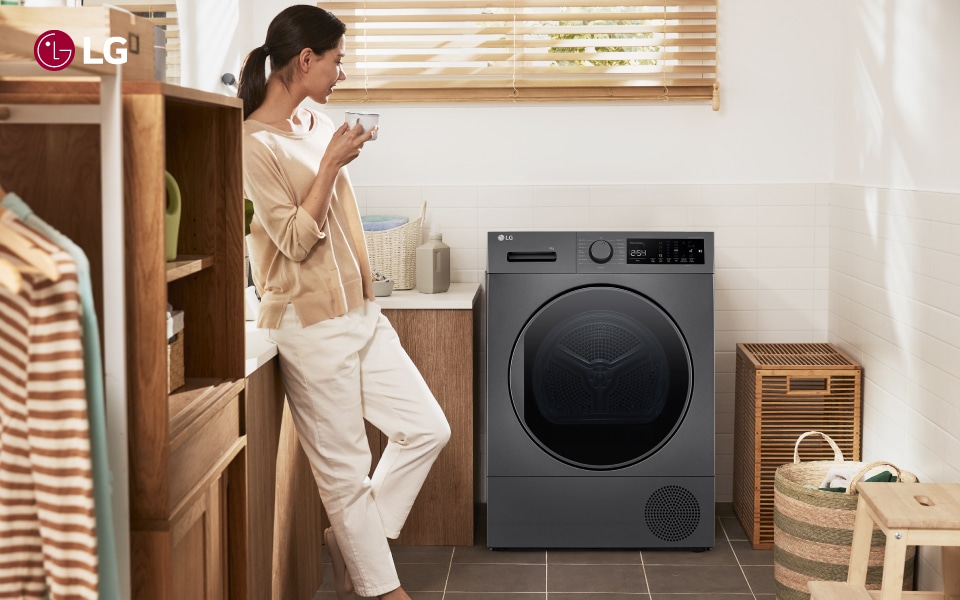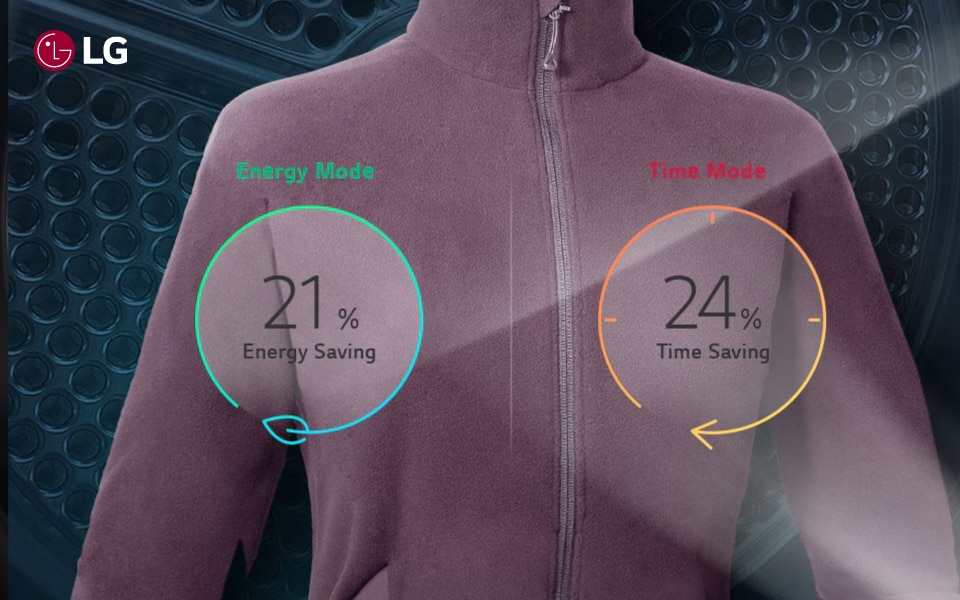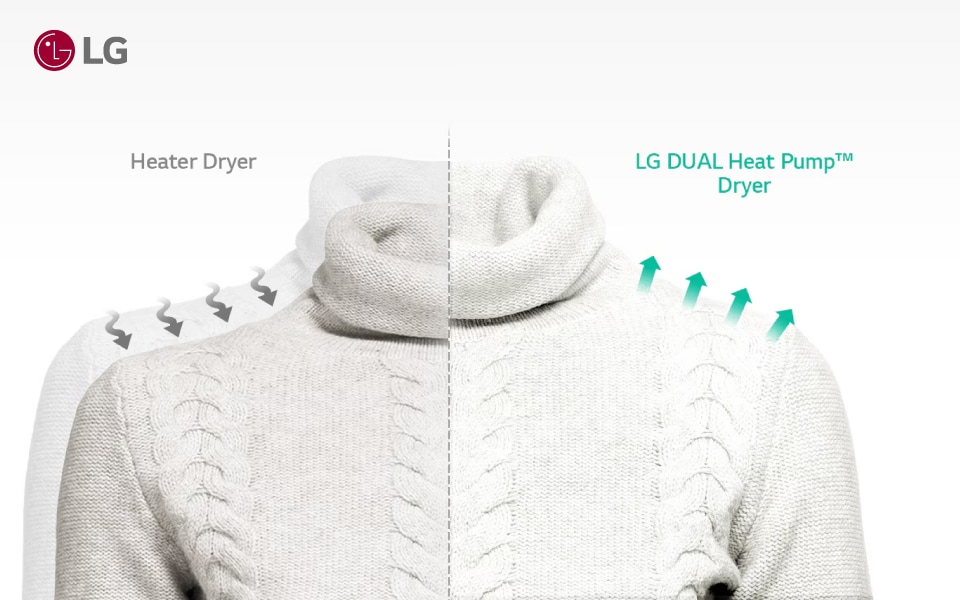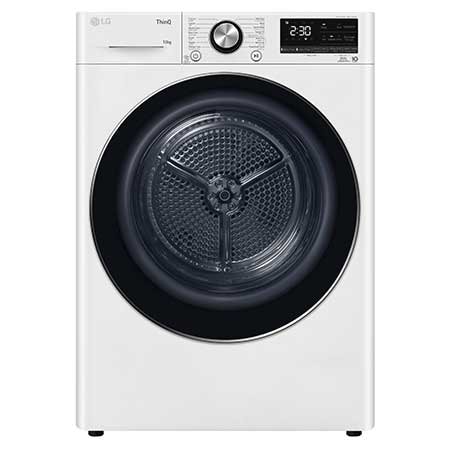We use cookies, including cookies from third parties, to enhance your user experience and the effectiveness of our marketing activities. These cookies are performance, analytics and advertising cookies, please see our Privacy and Cookie policy for further information. If you agree to all of our cookies select “Accept all” or select “Cookie Settings” to see which cookies we use and choose which ones you would like to accept.
Items You Can Dry in Clothes Dryer
15th October, 2024

Using a clothes dryer can save time and effort, but it's important to know which fabrics are safe for the machine. Drying the wrong items can lead to shrinkage, damage, or loss of shape.
In this guide, we'll explore what you can and can't put in your dryer, and provide tips for maintaining the quality of your laundry using the best dryer methods.
Fabrics You Can Dry in the Dryer

Here is a list of fabrics we can put in the clothes dryer machine:
- Jeans
To preserve your jeans' shape and durability, follow the steps below:
● Select a low or no-heat cycle and use dryer balls to help keep your jeans tumbling evenly.
● Avoid high heat settings, as excessive heat can shrink and damage the fabric over time.
● For best results, remove jeans promptly once the cycle is complete to prevent shrinkage and fading.
- Cotton
Drying cotton on high heat can cause shrinkage, but the following steps will help you safely dry it:
1. Check the care label to ensure machine drying is safe. Avoid drying cotton with spandex or elastane on high heat.
2. Use low to medium heat settings to prevent cotton fibers from shrinking or weakening.
3. Add laundry dryer machine balls or clean towels to reduce wrinkles.
4. Remove items promptly after the cycle ends to avoid over-drying, which can cause wrinkles.
5. Fold or hang your cotton garments immediately. If wrinkles persist, use a low-setting iron or steamer for touch-ups.
- Polyester
Polyester is durable and resists wrinkles, but it still benefits from careful drying:
1. Move the polyester garments into the dryer immediately after washing to prevent odors.
2. Use a dryer sheet or wool dryer balls to reduce static cling.
3. Set the dryer to low or air dry to avoid overheating and potential fiber damage.
4. Remove polyester items promptly to prevent wrinkles from settling in.
- Bedsheets
Drying bedsheets can be a challenge, but with the right technique, you can achieve smooth and fresh results:
● Add dryer balls or clean tennis balls to promote even drying and prevent damp spots.
● Dry sheets in 20-30 minute intervals, removing and untangling them as needed.
● Remove sheets as soon as they are dry to prevent wrinkling.
Common Pitfalls to Avoid When Drying Sheets
● Avoid overloading your dryer; it can cause sheets to wrinkle and lead to uneven drying.
● Dry sheets separately from other clothing to ensure proper airflow and avoid damage.
● Skip the dryer sheets to prevent pilling and material weakening.
Best Way to Dry Different Types of Sheets
Different fabrics require specific drying methods:
● Cotton sheets: Low heat.
● Silk sheets: Air dry, avoiding direct sunlight.
● Fitted sheets: Low heat to preserve the elastic.
● Linen sheets: Low heat, but avoid over-drying.
● Microfiber sheets: Air dry, as high heat can damage the fibers.
Avoiding Shrinkage
Selecting a low heat setting can help prevent shrinking. Additionally, reduce the drying time and avoid over-drying, which can lead to excessive shrinkage and wear.
- Pillows
Pillows require extra care to ensure they dry fully, preventing mildew and bacteria growth:
● Use a low heat setting, checking the pillows every 20-30 minutes.
● Ensure even drying by repositioning the pillows during the cycle.
What You Can't Put in the Dryer
Here is a list of the items you can dry using the clothes dryer:
● Spandex
Spandex and other elastic materials, such as those in bras, gym clothes, and swimwear, are prone to damage when exposed to a dryer's heat. The high temperatures can break down the fibers and cause the items to lose their shape.
● Suede
Even when labeled as machine dryable, suede is better off being air-dried. Heat exposure during machine drying can damage the delicate fibers.
● Silk
Silk is another delicate fabric that should not be placed in a dryer. If absolutely necessary, use the air setting for no more than 15 minutes, and avoid using dryer sheets or dryer balls.
● Leather and Faux Leather
Both natural and fake leather can become damaged or distorted in the dryer. Air drying is the safest option, as dryer heat can crack the material or melt synthetic fibers.
● Wool
Wool garments, depending on their weight, can sometimes be machine-dried, but the general recommendation is to air-dry delicate or lightweight items.
● Glued-On Garments
Clothing with glued-on details can fall apart in a dryer. The heat can cause the glue to weaken.
● Fur (Natural and Faux)
Fur garments should be kept far from the dryer. Heat can thin natural fur, crack its hide, or melt synthetic fur fibers. Air-drying is the safest approach to keeping your fur items looking their best.

What If I Need to Dry Any Type of Fabric?
If you want the freedom to dry various fabrics in your clothes dryer machine, use an LG clothes washer and dryer with a Heat Pump feature. This technology dries laundry at low temperatures, making it gentle on clothes, while the Sensor Dry function automatically optimizes the drying time based on humidity levels.
Life's Good, LG!
More To Read
Why Should We Use Clothes Dryer: 5 Benefits
Discover the hero of laundry day with our article on the 5 benefits of using clothes dryers. Say goodbye to waiting for clothes to dry and hello to convenience!
Learn moreLearn More About LG WashTower
Discover the LG WashTower, a space-saving, smart washer and dryer machine that offers advanced features and superior performance for your laundry needs.
Learn more








